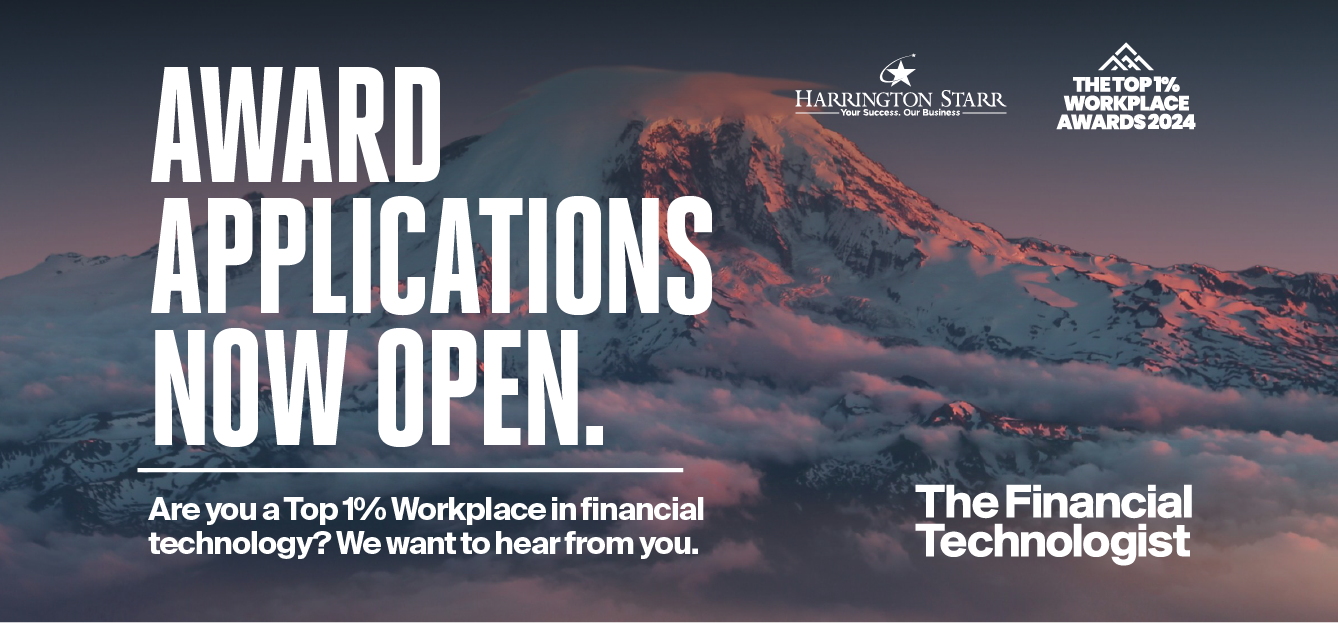Cloud hosting and services have emerged as the go-to technology choice for companies in the capital markets industry today. It would not be hard to argue that it has been this generation's most significant infrastructure innovation. However, for much of the trading technology landscape, in particular front office systems in ‘traditional’ asset classes, the path to using the cloud remains less clear. For quite some time, given the success of cloud solutions in general, industry experts and thought leaders have, at times, considered it inevitable that the front office ecosystem will end up transitioning into a fully cloud-native environment one day. This is a narrative that has been evolving in recent times.
Several large exchange groups have announced key cloud partnerships and substantial business deals. One key detail lacking from communications around these transactions and in follow-up conversations has been the specifics of how exchanges’ matching engines might migrate out of their current private data centers and into the public cloud. Exchanges have critical and established partnerships with companies supporting their existing facilities and, in many cases, a significant revenue contribution to consider from their colocation environments. This must be a fine line to walk. Certain exchanges already operate in the cloud, with crypto venues being the clear front runner, though there are others, many of which facilitate latency-sensitive trading. There are technology differences to consider, an important one being connectivity and the latency determinism of it, given the nature of the cloud. A common story told is of trading participants connecting each morning countless times to an exchange, only to keep alive the connection they monitor to be the fastest – quite a different experience.
While cloud innovation has continued, the traditional challenges of the front office private data center ecosystem continue to evolve. 2023 has seen several important changes requiring significant investments from market participants. These include OPRA’s upgrade to 100Gbps, bringing network bandwidth and associated equipment considerations, and the ongoing electronification of fixed-income markets leading to increasing data, network, and hosting requirements as certain markets like US Treasuries mature, fragment, and grow in volume. Numerous exchange data centers have gone live, notably in Europe, where Euronext’s move to Bergamo is reshaping the liquidity landscape and attracting more markets and participants. Most recently, Warsaw announced a plan to move data center. The ecosystem appears to be alive and well.
Pico has served clients’ hosting, connectivity, data, monitoring and security requirements for many years, including partnering on best-of-breed design and technology solutions for exchanges. Innovation for Pico, illustrated through organic product development and M&A history, has focused on complementary services in the current front office ecosystem. We continue to expand and evolve the existing and build the new. Some recent examples of innovation in this ‘new’ world of cloud are:
•Corvil Analytics in the Cloud: Taking the industry-leading, best-in-class tool for monitoring and analytics used in the front office and making that available in cloud-native environments. This brings new visibility to cloud-based systems to mirror that of physical infrastructure. Providing Corvil, both across the cloud and in physical sites, offers the consistency of using the same tools across all environments.
•Real-time data delivered into Cloud: For many years, banks especially have utilized direct feed tickerplants to connect more than ‘only’ the low-latency systems, typically to improve application performance and/or move applications away from consuming data from expensive legacy vendors. As an established provider of low-latency tickerplants to many of the industry's largest data consumers, Redline has been working on providing cloud-based applications with data from on-premise tickerplants.
•Supporting UAT environments: Pico’s own development organization run the majority of UAT systems in the cloud, and we see clients seeking to do the same. Pico stores its back history of historical data products in the cloud, which helps facilitate many UAT and backtesting requirements.
In our view, the term “hybrid” best describes how the front office ecosystem will evolve over time. As we embrace the ‘new’, innovation continues in the ‘old’ systems, and it is clear that there is no industry-wide mandate to transition all components of the front office into the cloud. This reality will present different challenges and drive new decisions and considerations for market participants. New connectivity support requirements between environments will be created, the need for consistent tooling, assessment of which systems to migrate and which to keep, enhancing security, appeasing regulators, and understanding commercial implications. Pico helps clients through these migrations in multiple environments and is committed to being a trusted advisor in this evolving landscape.
Read more articles like this in The Financial Technologist. Download your free copy here.
